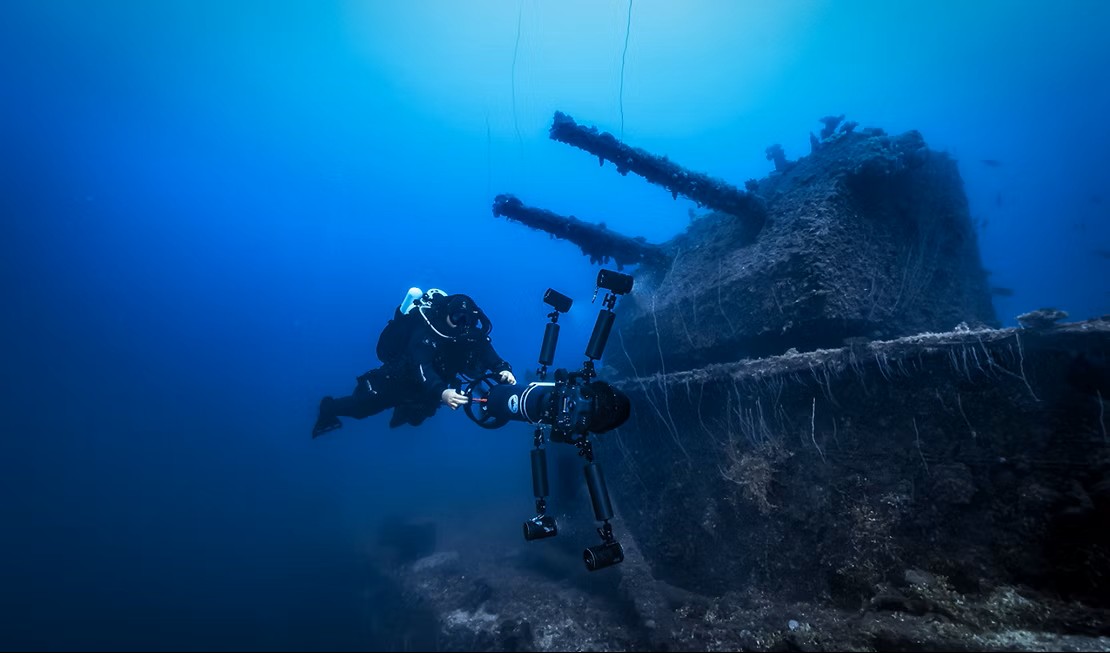
A New Era of Marine Protection
Project Guardian is a next-generation threat intelligence platform transforming how we manage legacy shipwrecks and protect our oceans.
A Silent Inheritance from a Bygone Era
Beneath the waves lies a silent inheritance: over 8,500 historical wrecks holding an estimated 20 million tons of oil. Eight decades of corrosion have transformed relics into escalating environmental liabilities.
Potential Polluting Wrecks
Tons Oil / Haz Fuel
Years Corrosion
A Present-Day Crisis
This is not a distant historical issue. A reactive “wait-and-see” approach is no longer tenable. Only a systematic, preventative strategy can address this legacy before irreversible harm occurs.
- Chronic Leaks: Persistent seepage at heritage wrecks indicates unmanaged ongoing release potential.
- Sunken Fleets: Clustered WWII vessel groups place reef ecosystems under cumulative stress.
An Accelerating Threat
The passage of time is not the only factor. Increasing environmental instability is accelerating the decay of these wrecks. More frequent and intense storms, seismic activity in vulnerable zones, and the chemical effects of ocean warming and acidification are placing immense stress on these corroding hulls. Each earthquake or major storm could trigger a catastrophic failure and a major pollution event.
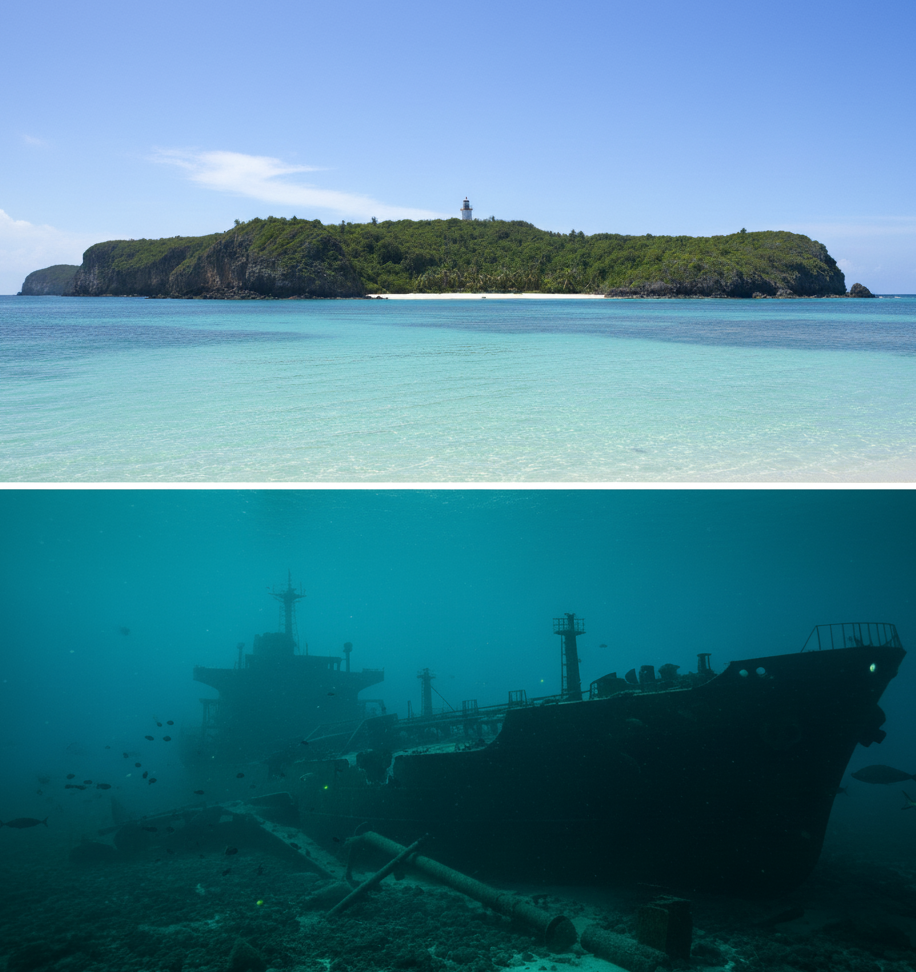
The WERP Protocol Explained
The Wreck Environmental Risk Prioritisation (WERP) Protocol is a strategic, data-driven framework for identifying, assessing and managing Potentially Polluting Wrecks (PPWs). It transforms an overwhelming inventory into a defensible roadmap so resources target the highest combined probability & impact.
Phase 1: Scoping & Screening
Historic parameters (age, type, tonnage, loss mechanism, geospatial context) filter thousands into a high-priority candidate subset.
Phase 2: In‑Situ Assessment
ROVs/AUVs & sensor arrays capture structural integrity, pollutant retention indicators & ecological sensitivity signals.
Phase 3: Risk Synthesis & Classification
Historic + field data integrate into a quantification of “Likelihood of Release” vs “Severity of Impact” producing structured prioritisation.
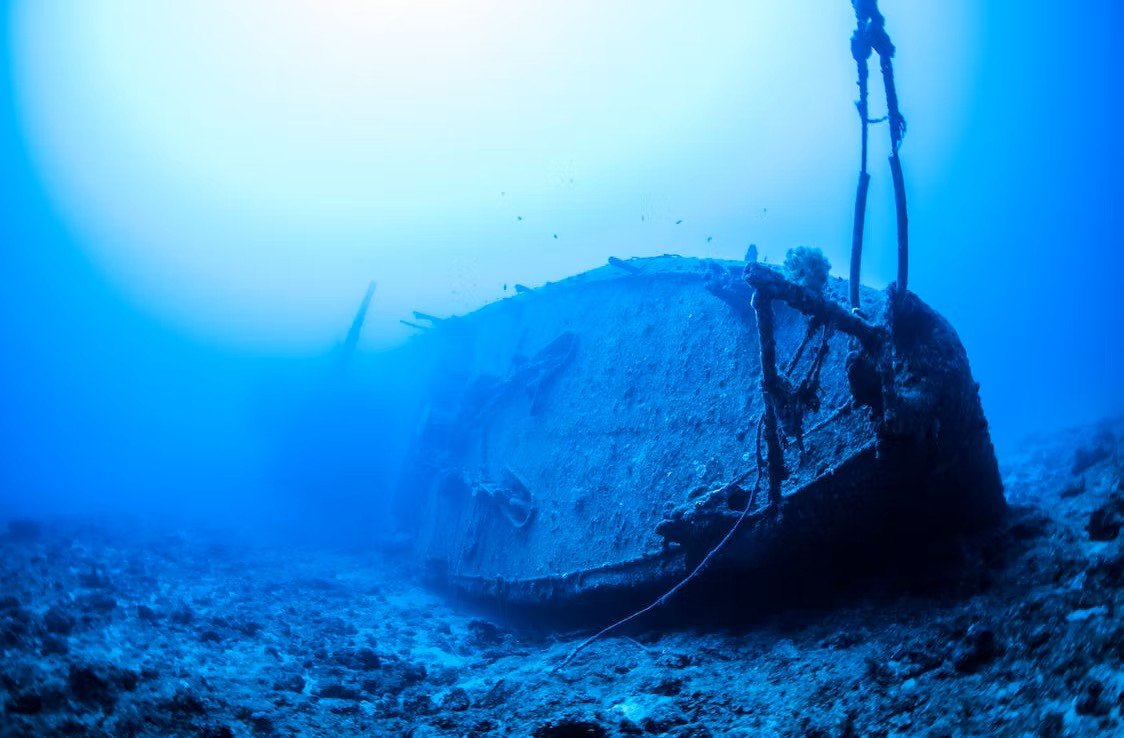
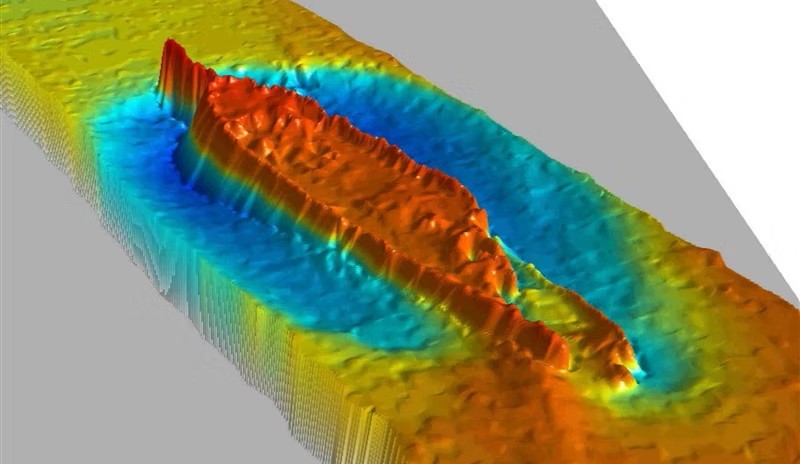
Key Components
WCS
Structural state & pollutant retention potential.
PHS
Pollutant Hazard (fuel, munitions, hazardous media).
ESI
Environmental Sensitivity (ecological & socio‑economic vulnerability).
RPM
Release Probability Modifier (climate & stress multipliers).
Case Study: Amakasu Maru No. 1
The Amakasu Maru No. 1 case study demonstrates the WERP two‑phase workflow: Phase 1 OSINT triage flagged the wreck as high risk (Final Score 33.0); a simulated Phase 2 in‑situ reassessment (ROV-style survey) provided ground-truth that reduced the Final Score to 30.5 while refining per-factor scores and intervention priorities.

Key Findings
- Location: Confirmed near Wake Island (approx. 19.27° N, 166.62° E).
- Depth: ~1000 m (simulated survey).
- In-situ conditions: Water temp ~4°C (cold), pH ~7.8 (slightly acidic).
- Structural condition: Observed as “remarkably intact” — revised Structural Integrity score from 5/5 (inferred) to 2/5 (observed).
- PHS: 4.2 / 10 (significant fuel component in pollutant profile).
- ESI: 19 / 40 (sensitive environmental context).
- RPM: 1.3× (thermal reduced to 1.0 due to cold water; physical 1.2; chemical 1.1).
- Final Score: Phase 1 = 33.0; Phase 2 = 30.5.
Conclusion: Phase 2 ground-truthing reduced the urgency for immediate remediation but left the wreck as a high‑priority watch due to ESI and pollutant hazard. Recommended actions include continued structural monitoring and early leak detection capability deployment.
Additional analytics & benchmarking available to approved users.
Partners
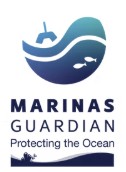

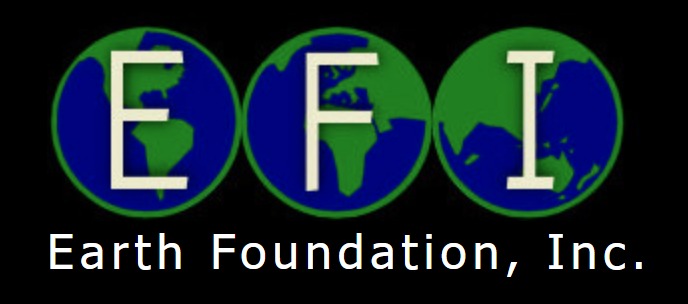
Secure Our Marine Ecosystems for Future Generations
Join a global alliance turning submarine liabilities into managed, monitored and ultimately mitigated outcomes.
Sponsorship & partnership enquiries: info@project-guardian.com